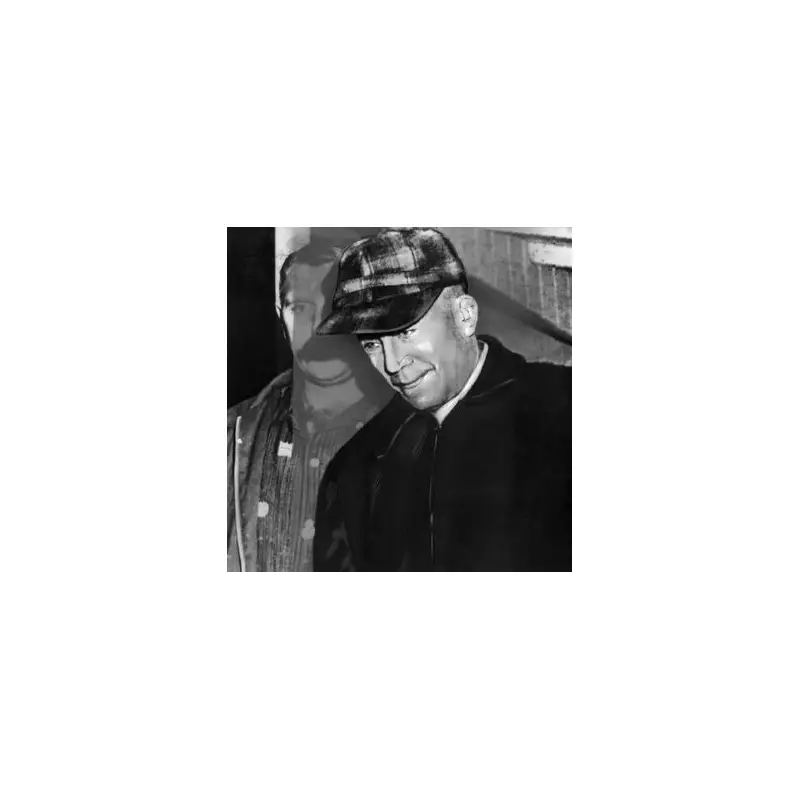
The name Ed Gein sends shivers down the spines of true crime enthusiasts, not just for the brutality of his crimes, but for the profound cultural impact they would later have. Operating in the quiet farming community of Plainfield, Wisconsin, during the 1950s, Gein's macabre activities would inspire some of cinema's most terrifying characters.
The Grisly Discovery That Shocked America
In November 1957, the disappearance of local hardware store owner Bernice Worden led police to Gein's dilapidated farmhouse. What they discovered inside was a scene of unimaginable horror that would haunt the nation for decades to come.
The investigation revealed a house of horrors filled with:
- Human skulls mounted on bed posts
- A belt crafted from human nipples
- A lampshade and bowls made from human skin
- A heart preserved in a plastic bag
- The severed head of Bernice Worden
- Nine death masks made from the skin of female faces
The True Victim Count: Murder Versus Desecration
While Gein's collection of human remains was extensive, the confirmed number of murders he committed is surprisingly small. Officially, Gein was convicted for only two homicides:
- Mary Hogan - A tavern owner murdered in 1954
- Bernice Worden - The hardware store owner whose disappearance triggered the investigation
However, the majority of the human remains found in his home were exhumed from local graveyards. Gein confessed to robbing between nine and fifteen graves, using the corpses to create his grotesque collection and to fashion a 'woman suit' he would wear while dancing in the moonlight.
The Psychological Profile of a Killer
Psychologists who examined Gein identified his intense attachment to his domineering mother, Augusta, as a central factor in his descent into madness. After her death from a stroke in 1945, Gein's mental state deteriorated rapidly.
His mother's religious fanaticism and constant warnings that all women except herself were 'whores and prostitutes' created a deeply disturbed worldview. Gein's crimes represented a twisted attempt to create a replacement for his mother, literally building a new woman from the body parts of others.
From Wisconsin Farm to Hollywood Legend
Gein's case achieved legendary status not just for its horror, but for its influence on popular culture. His story directly inspired:
- Psycho (1960) - Norman Bates was modelled on Gein's relationship with his mother
- The Texas Chainsaw Massacre (1974) - Leatherface's skin-wearing and household of bones
- The Silence of the Lambs (1988) - Buffalo Bill's quest to make a 'woman suit'
Despite the small number of confirmed murders, Gein's case remains one of America's most referenced and analysed true crime stories, a testament to the unique horror of his crimes and their enduring cultural legacy.





